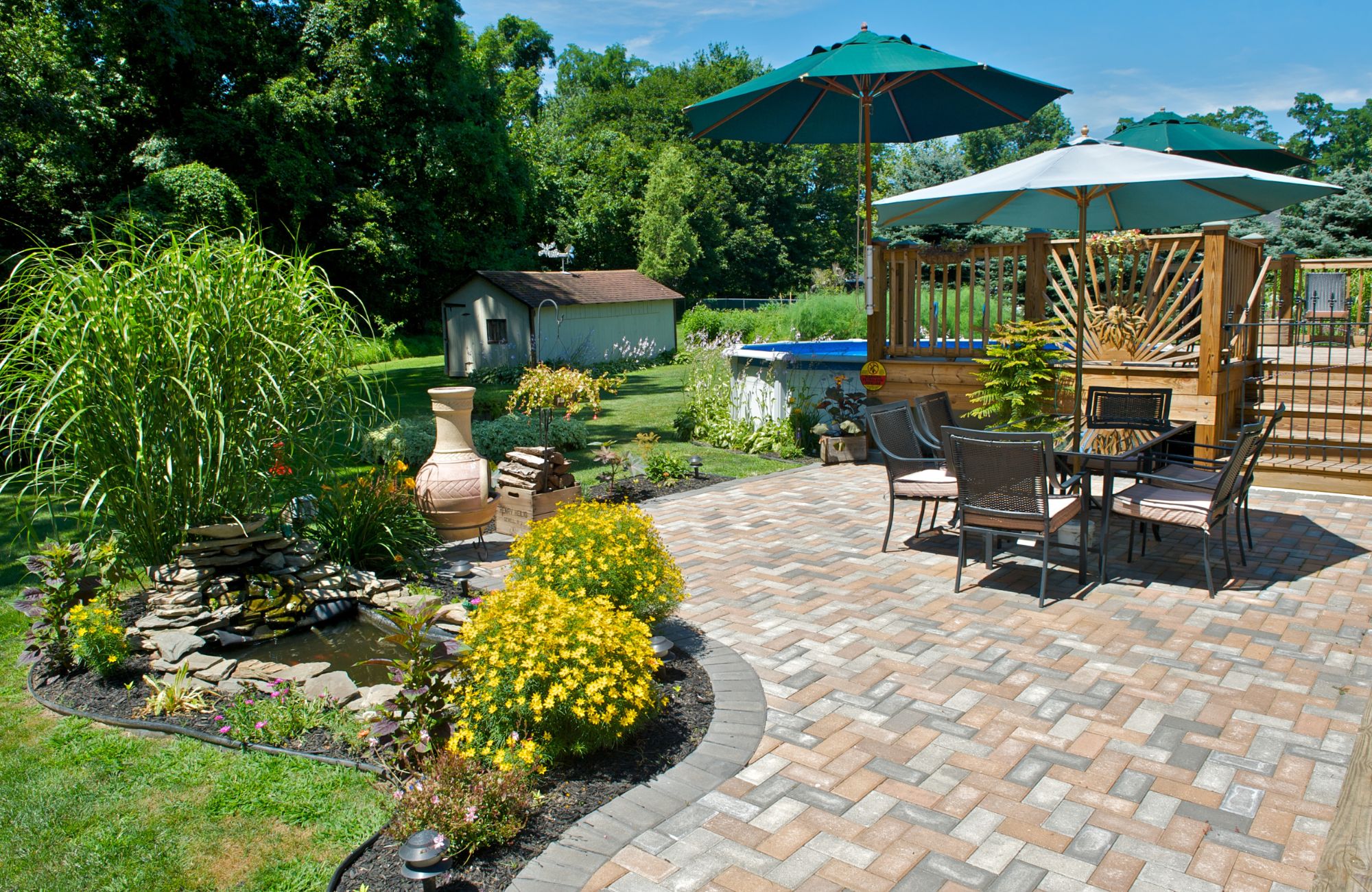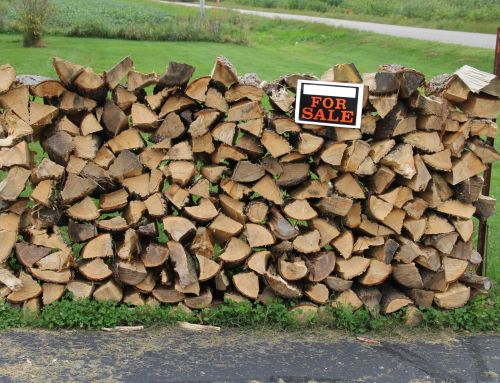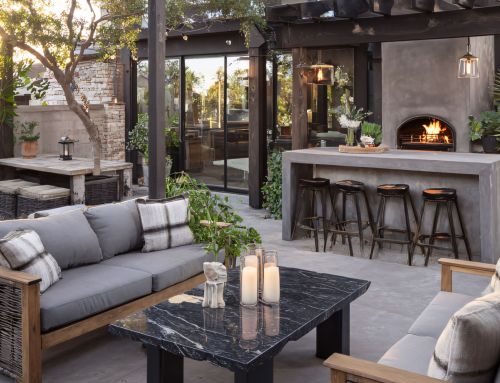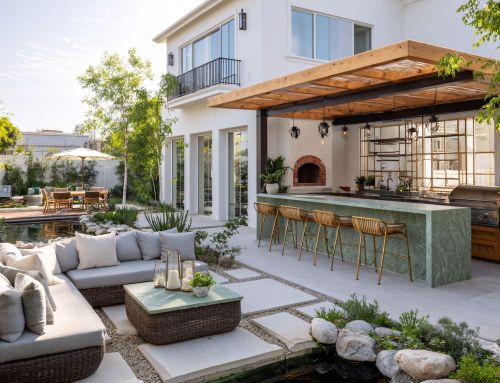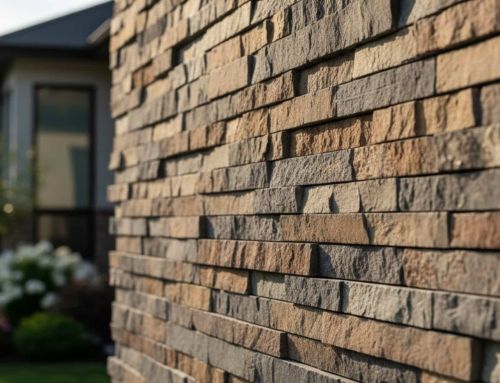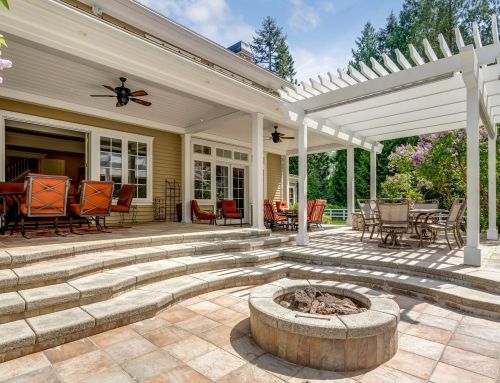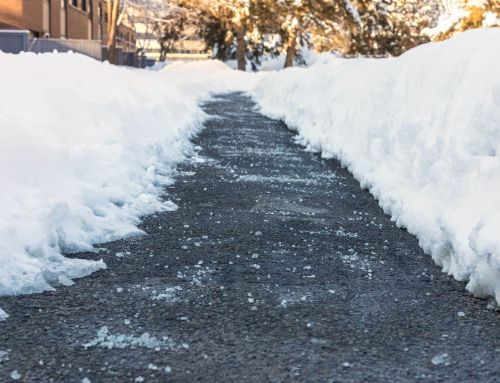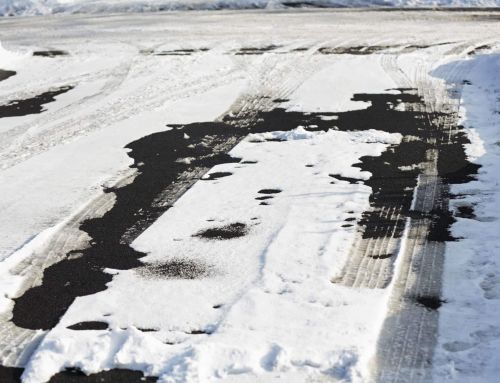Picture this: many homeowners overlook the transformative power of a well-designed patios, yet these outdoor spaces are becoming increasingly important in modern home design. Whether you’re sipping morning coffee or hosting weekend barbecues, patios serve as the bridge between your home’s comfort and nature’s beauty, creating valuable square footage that enhances both your lifestyle and property value.
A thoughtfully planned patio becomes more than just a paved area behind your house. It transforms into an outdoor room where memories are made, meals are shared, and relaxation becomes a daily ritual. From intimate bistro-style spaces perfect for two to expansive entertainment areas that accommodate large gatherings, the possibilities are endless when you understand the fundamentals of patio design and construction.
Choosing the Right Patio Materials
Natural Stone Options
Natural stone offers unmatched beauty and longevity for patio construction. Options include flagstone for informal designs, bluestone for consistent color, limestone for traditional styles, granite for durability, and slate for slip resistance. Each stone type provides a unique character that improves with age, perfect for outdoor dining and entertaining. Each stone type provides natural slip resistance and a unique character that improves with age, creating the perfect kind of glass surface for outdoor dining and entertaining.
Concrete Solutions
Stamped concrete can mimic natural stone, brick, or tile patterns while providing the durability and consistency that makes it a favorite choice for homeowners looking to create the perfect outdoor space for entertaining friends and family, complete with options for live music. Concrete options include economical poured concrete that can be colored and textured, concrete pavers with individual units easy to replace, stamped concrete that mimics expensive materials, and exposed aggregate with a textured slip-resistant surface.
Brick and Alternative Materials
Brick paving brings timeless charm and proven durability, with traditional clay brick developing an attractive patina while modern concrete alternatives offer consistent sizing and color options. Tile applications work well in covered areas or mild climates, with porcelain and ceramic tiles resisting freeze-thaw damage while providing smooth surfaces for outdoor dining, reminiscent of a fine restaurant. Gravel and decomposed granite create informal, permeable surfaces that allow excellent drainage and flexibility for curved borders around gardens or casual gathering spaces.
Planning Your Perfect Outdoor Space
Site Assessment and Design Planning
Successful patio projects begin with a site evaluation to ensure the perfect entertaining spot, which you can find on our website for more tips. Consider sun and shade patterns throughout the day, drainage, and utilities, while balancing convenience with privacy and natural features like mature trees or garden views. Professional site assessment ensures your patio becomes a great place that functions year-round, preventing costly corrections and ensuring optimal performance for casual family meals or hosting events with live music.
Key planning factors include size and scale from intimate spaces to huge patio areas for large gatherings, traffic flow for easy access from the house and to other yard areas for seamless entertaining, privacy with screening from neighbors for comfortable outdoor dining, utilities for gas, electric, and water access for grills, lighting, and other features, and drainage with proper slope away from house foundation to protect your investment.
Design Styles and Layout
Patio design should complement your home architecture while reflecting how you use your outdoor space. Modern homes benefit from clean lines and geometric patterns, while traditional styles work well with curved edges and natural materials. Popular approaches include formal with geometric shapes and refined materials, informal with curved edges and natural materials, contemporary with minimalist design and sleek finishes, and traditional with classic patterns and timeless appeal.
Consider creating distinct zones within larger patios for different activities. Dining areas need different requirements than conversation spaces or cooking zones, where you might grill pizza or prepare cocktails, with strategic furniture placement creating the perfect flow for entertaining, perhaps with trivia games to engage guests.
Essential Features for Year-Round Enjoyment
Weather Protection and Covered Areas
Shade and weather protection extend patio usability throughout the seasons, making your outdoor space a great spot regardless of conditions. Options range from simple umbrellas to permanent roof structures, each offering different benefits and investment levels for creating the perfect covered area, perhaps including a bar for serving drinks. Shade solutions include pergolas for partial shade and outdoor dining, gazebos for full weather protection and year-round use, retractable awnings for flexible seasonal coverage, and shade sails for modern summer sun protection.
Permanent structures require permits and professional installation but provide comprehensive weather protection. A well-designed pergola transforms your patio into the perfect spot for outdoor dining while supporting climbing plants that add natural beauty to your garden, encouraging you to move forward with your design.
Fire Features and Heating Solutions
Fire pits and outdoor fireplaces create focal points while extending patio season into cooler months, making your outdoor space usable year-round. Gas units offer convenience for casual gatherings while wood-burning options provide authentic ambiance and crackling sounds. Built-in fire features require professional installation but integrate seamlessly with patio design, creating a perfect atmosphere for evening entertaining from casual Sunday gatherings to special occasions. Portable options offer flexibility and lower costs while providing warmth for intimate gatherings.
Safety considerations include proper clearances from combustible materials, spark screens for wood-burning units, and compliance with local fire regulations. Many municipalities have specific requirements for outdoor fire features, so it’s important to contact local authorities during the planning phase.
Lighting and Ambiance
Thoughtful lighting transforms patios into evening entertainment areas perfect for dinner parties, happy hour gatherings, or quiet family time. Layer different light types for optimal functionality and a welcoming atmosphere. Lighting categories include ambient for general entertaining, task lighting for cooking areas, accent lighting for gardens or water features, and safety lighting for pathways required by code for walking areas.
LED technology offers energy efficiency and excellent light quality. Solar options eliminate wiring needs but have limited brightness for larger gatherings or events, so consider having plenty of lights for ample illumination.
Creating Functional Outdoor Living Spaces
Outdoor Dining and Entertainment
The heart of any great patio is its ability to serve as an outdoor dining room where family and friends can gather to eat, drink, and enjoy each other’s company. Whether you’re planning a casual weekend brunch or an elegant dinner party, your patio design should accommodate your entertaining style. Consider incorporating a dedicated bar area for serving drinks and cocktails, making your space perfect for happy hour gatherings or casual entertaining. A well-positioned table becomes the centerpiece for outdoor dining, while comfortable outdoor seating creates conversation areas where guests can relax.
For those who love to cook outdoors, integrating a grill area or outdoor kitchen transforms your patio into a culinary destination. The right cooking setup makes your space functional for everything from casual family meals to gourmet pizza for special occasions.
Garden Integration and Landscaping
A thoughtfully designed patio seamlessly integrates with your garden, creating a cohesive outdoor environment. The strategic placement of planters and decorative elements blurs the lines between hardscape and landscape.
Consider how your patio relates to existing garden features and plan for future landscaping. Native plants require less water and maintenance while providing natural beauty that changes with seasons. Thoughtful landscaping creates privacy, defines boundaries, and makes your outdoor area feel like a true extension of your home. The space around your patio is just as important as the patio itself.
Storage and Practical Considerations
Smart storage solutions keep your outdoor space organized while maintaining aesthetic appeal. Built-in storage benches provide seating while hiding cushions and accessories, and weather-resistant containers protect seasonal items.
Consider the practical aspects of maintaining your outdoor space, including access for cleaning, seasonal decorating, and furniture rearrangement. Well-planned patios accommodate these needs without compromising design or functionality.
Regional Considerations and Inspiration
Climate-Specific Design
Different regions require different approaches to patio design and material selection. In cities like Dallas, where summer heat is intense, shade and cooling features become priorities. Denver’s variable weather and occasional snow require materials that can handle freeze-thaw cycles and sudden temperature changes.
Northern climates benefit from heated patio options and weather protection that extends the usable season. Southern regions might prioritize shade, cooling features, and materials that reflect rather than absorb heat during long summer months.
Popular Trends and Styles
Modern patio design draws inspiration from various sources, including European outdoor dining culture and contemporary restaurant design. Many homeowners are creating dog-friendly spaces that accommodate pets while maintaining style and functionality.
The trend toward outdoor rooms has led to sophisticated lighting, heating, and audio systems for music or live entertainment. These features transform patios into home extensions that host quiet family dinners to larger events.
Maintenance for Long-Term Enjoyment
Seasonal Care and Upkeep
Spring preparation includes deep cleaning to remove winter debris, inspecting for freeze-thaw damage, refreshing joint sand in paver installations, and reviewing and updating outdoor furniture and decor for the coming season. During summer, maintenance includes regular sweeping and washing to keep surfaces clean for dining, weed control in joints to maintain a neat appearance, monitoring for staining from food and drinks, and maintaining drainage systems for summer storms.
Meanwhile, fall and winter care include final deep cleaning before cold weather arrives, applying sealers if needed to protect materials during winter, storing removable furniture and accessories to prevent weather damage, and ensuring proper drainage for winter runoff and spring thaw.
Material-Specific Maintenance
Natural stone requires periodic sealing to prevent staining and freeze damage, with sealing frequency depending on stone type and exposure, typically every 2-3 years for most applications. Similarly, concrete surfaces benefit from annual cleaning and occasional sealing, as pressure washing removes dirt and stains while sealers protect against moisture penetration and freeze damage. Meanwhile, brick and paver surfaces need joint sand replenishment and edge maintenance to prevent shifting, with polymeric sand helping prevent weed growth while maintaining stability and keeping your patio looking neat and professional.
Conclusion
Creating the perfect patio involves balancing aesthetics, functionality, and budget while considering long-term maintenance and enjoyment. Whether you choose natural stone for timeless elegance, brick for classic appeal, or modern concrete for versatility, proper planning ensures decades of outdoor living pleasure and increased home value through expanded entertainment spaces perfect for hosting friends and family.
Ready to transform your outdoor space? At Old Station Outdoor & Landscape Supply, our experienced team creates functional, beautiful patios that serve as the perfect spot for entertaining and relaxation. Contact us today to discuss your vision and bring your outdoor living goals to life with professional design and installation services.
FAQs
What is the meaning of patios?
The meaning of patios refers to paved outdoor spaces typically adjacent to a home that serve as extensions of indoor living areas for dining, entertaining, and relaxation.
What is called a patio?
A patio is a paved outdoor area, usually at ground level next to a house, designed for outdoor dining, entertaining, and leisure activities.
What exactly is a patio?
A patio is exactly a paved outdoor living space built at grade level that connects your home to your landscape, serving as an outdoor room for dining, entertaining, and relaxation.
How do you describe a patio?
You can describe a patio as a paved outdoor space adjacent to your home that functions as an extension of your indoor living area, perfect for dining, entertaining, and enjoying the outdoors.

